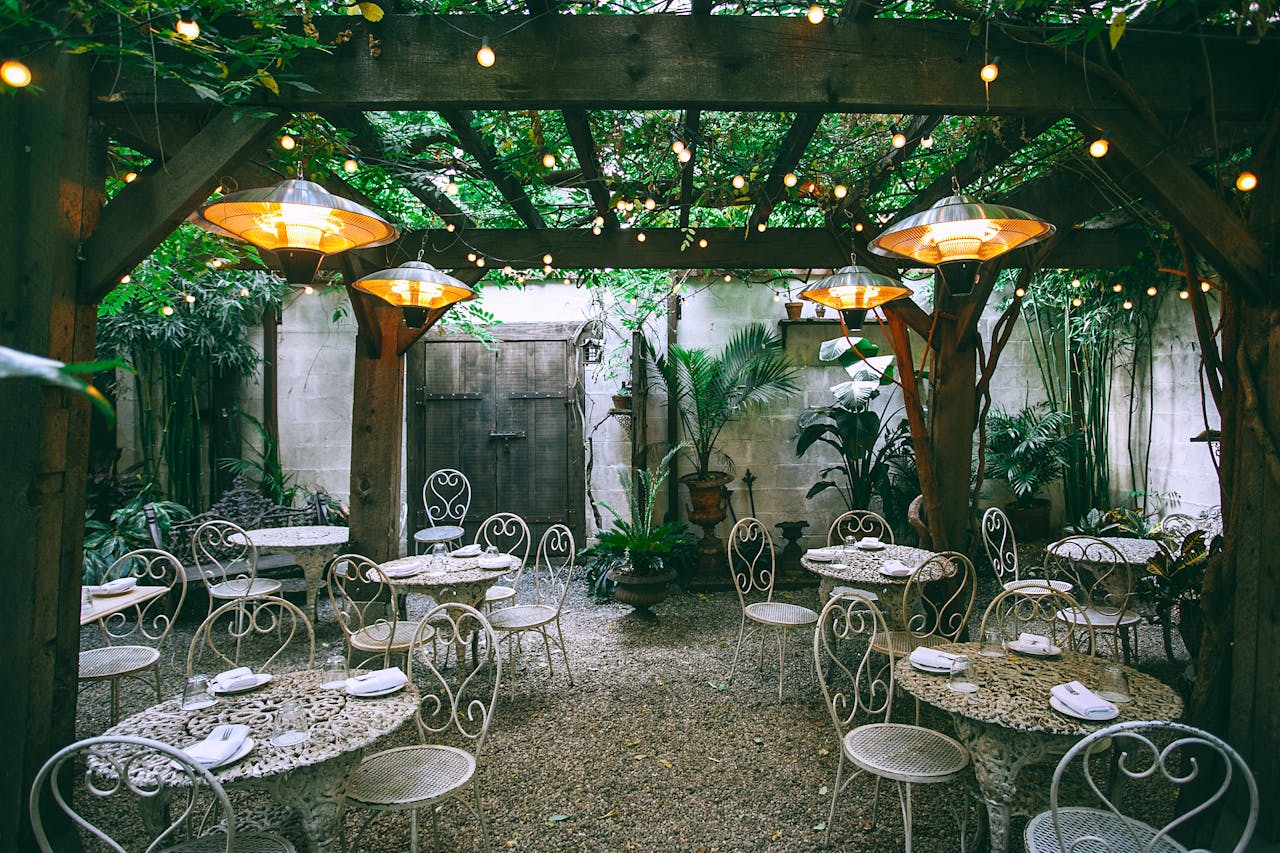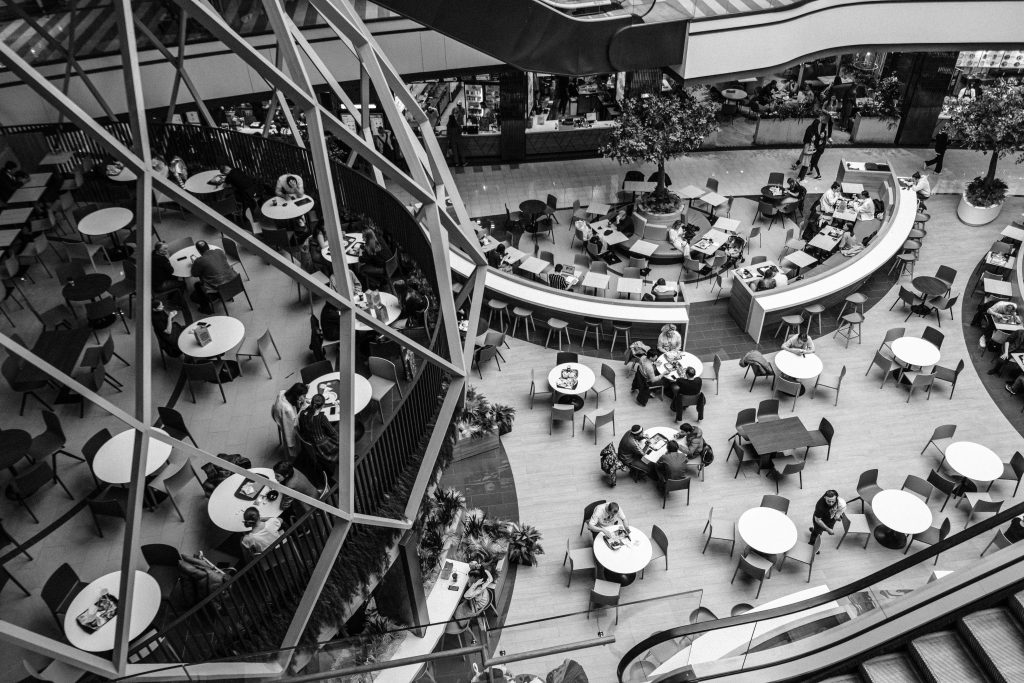Did you know that color can increase brand recognition by up to 80%? The right color palette can significantly enhance your customer experience and brand identity. In this blog, we’ll delve into the psychology of restaurant colors, choosing the perfect hues for your space, and maintaining consistency in your branding. Ready to transform your restaurant decor and leave a lasting impression? Let’s get started!
Understanding Restaurant Color Psychology
Colors aren’t just visual; they’re psychological. Different shades evoke different emotions and reactions, which can significantly affect your customers’ dining experience. For instance, red is known to stimulate appetite and create a sense of urgency, making it perfect for fast-food joints. Research shows that red can increase heart rates and excite the senses, leading to faster decision-making. McDonald’s, for example, uses red and yellow—colors that are not only appetizing but also create a sense of joy and speed.
On the other hand, blue is calming and can suppress appetite, making it ideal for fine dining establishments where you want guests to relax and enjoy their meals leisurely. Blue shades can create a serene restaurant ambiance, encouraging patrons to stay longer and perhaps order that extra dessert or glass of wine. A study in the Journal of Business Research highlighted that blue environments lead to customers perceiving time as passing more slowly, which can be advantageous in a dining setting.
Green, associated with health and nature, is perfect for organic or vegetarian restaurants. It suggests freshness and sustainability, aligning well with health-conscious brands. Meanwhile, yellow is cheerful and inviting, but it should be used sparingly as it can become overwhelming. It’s great for drawing attention to specific areas, like the ordering counter or promotional displays.
Finding the Right Colors for Your Restaurant Decor
Choosing the right colors for your restaurant interior decor involves more than just picking your favorites. It requires a strategic approach that considers your brand identity, target audience, and the type of dining experience you wish to offer.
Define Your Brand Identity: Start by understanding your brand’s personality. Are you a cozy, family-friendly diner or a chic, upscale bistro? Your color scheme should reflect this identity. For example, earthy tones and rustic decor work well for a farmhouse-style restaurant, while sleek black and white with metallic accents suit a modern, fine dining restaurant.
Know Your Audience: Consider your target demographic. Younger crowds might appreciate bold, trendy colors, while older patrons might prefer more traditional, muted tones. A family restaurant might use warm, welcoming colors like oranges and browns to create a homely feel, whereas a bar targeting millennials might opt for vibrant neons to exude energy and excitement.
Test Before You Commit: Before finalizing your color palette, test it out in small areas or with accent pieces. This can help you gauge customer reactions and ensure the colors work well with your lighting and overall restaurant decor.
Creating a Brand with Consistent Colors
Once you’ve identified the right colors for your restaurant, the next step is to use them consistently across all aspects of your branding. Consistency in color and branding helps in creating a strong visual identity that customers can instantly recognize.
Design a Brand Color Palette: Create a palette with primary and secondary colors that represent your brand. Your primary colors should dominate your restaurant decor, while secondary colors can be used for accents and highlights. For instance, if your primary color is a rich burgundy, complement it with gold or cream accents and create the same colour logo, walls, menus, and uniforms.
Extend Colors to All Brand Materials: Ensure that these colors are reflected not just in your interior decor but also in your menus, website, social media, and marketing materials. A study by the University of Loyola found that color increases brand recognition by up to 80%, so maintaining a consistent color scheme across all platforms is crucial.
Update Consistently: As your brand evolves, ensure your color scheme evolves too, but without losing its core identity. Subtle updates can keep your brand looking fresh while retaining its recognizability.
The Importance of Consistency in Branding
Consistency in branding isn’t just about aesthetics; it’s about building trust and familiarity with your customers. When customers see the same colors and design elements across different touchpoints, it reinforces your brand’s presence in their minds.
Builds Trust: Consistent use of branding colors signals professionalism and reliability. Customers are more likely to trust a brand that appears cohesive and well-thought-out. In fact, Forbes reports that consistent brand presentation across all platforms can increase revenue by up to 23%.
Enhances Customer Experience: A harmonious color scheme can enhance the overall dining experience. Imagine walking into a restaurant where the decor colors clash with the menu design and staff uniforms—it creates a disjointed experience. Consistency ensures a seamless, enjoyable experience from the moment customers step through the door.
Reinforces Brand Recall: The more consistently you use your brand colors, the more easily customers will remember your brand. Think of Starbucks’ iconic green or Coca-Cola’s vibrant red. These colors immediately bring the brand to mind, no matter where you see them.
Choosing the right interior colors for your restaurant is more than a design choice; it’s a strategic business decision. By understanding the psychology behind colors, selecting hues that align with your brand and audience, and maintaining consistency across all brand materials, you can create a memorable dining experience that keeps customers coming back.
Remember, your restaurant’s ambiance plays a significant role in customer satisfaction. The right colors can create a welcoming atmosphere, influence spending behavior, and reinforce your brand’s identity. So, take the time to plan your color scheme carefully, and watch how it transforms your space and enhances your brand.
Here’s to creating a vibrant, inviting, and successful restaurant that not only delights the taste buds but also captivates the eyes. Happy decorating!




